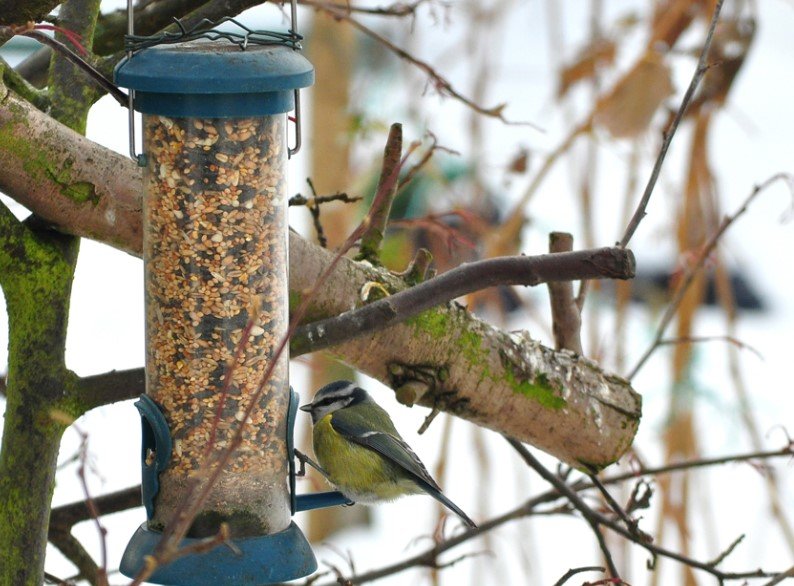Spring and summer may bring the cheerful sounds of birdsong, but they also bring a hidden danger to backyard feeders across Georgia. The state’s Department of Natural Resources (DNR) is asking residents to step up and clean their bird feeders — a simple task that could help prevent the spread of deadly bird diseases.
Dirty Feeders Are Making Birds Sick
Bird feeders might seem like a haven for hungry feathered friends, but they can quickly become a breeding ground for disease. DNR wildlife biologist Todd Schneider points out that feeders often play a key role in the spread of illnesses like conjunctivitis, avian pox, and respiratory infections.
“When birds crowd around a feeder, they’re not just sharing food. They’re also swapping germs,” Schneider explained. “A dirty feeder can easily turn into a hotspot for disease transmission.”
While avian influenza — commonly known as bird flu — primarily affects waterfowl and raptors, songbirds aren’t entirely safe. Low-risk doesn’t mean no risk.

How to Keep Bird Feeders Clean and Safe
The DNR isn’t just warning people — they’re offering practical advice. Schneider and his team recommend a weekly cleaning routine to keep feeders safe for birds:
- Wear gloves and a mask when handling feeders or bird baths. Wash hands thoroughly afterward.
- Scrub feeders with a 10% bleach solution (one part bleach, nine parts water), then rinse well and let them dry completely.
- Clean up the ground beneath feeders two or more times a week. Discard old seed hulls and bird droppings in a plastic bag or bury them.
- Move feeders regularly, even shifting them 20 feet can help prevent disease buildup in one area.
- Keep bird baths fresh, emptying and cleaning them every two days.
- Space out multiple feeders to prevent birds from crowding too close together.
Spotting Sick Birds: What to Watch For
Diseased birds aren’t always easy to recognize, but there are some clear warning signs. Birds infected with salmonellosis — caused by the salmonella bacteria — may appear sluggish and unusually easy to approach. Others might seem fine but still carry the bacteria.
Conjunctivitis, another common feeder-spread illness, is more obvious. It causes red, swollen, or crusty eyes. Birds with severe cases may lose their sight entirely, leaving them perched on feeders, unable to fly away.
Fungal infections like aspergillosis — triggered by moldy seeds — cause respiratory issues. Birds may struggle to breathe or appear weak. Avian pox can leave wart-like growths on their face, legs, or feet, and severe cases can make it hard for birds to eat or breathe.
“If you see a bird acting strangely — especially one that looks weak or has swollen eyes — it’s best to stop feeding for a bit and clean everything thoroughly,” Schneider advised.
The Bigger Picture: Bird Flu and Beyond
Bird flu remains a looming concern in the bird world, especially among ducks, geese, and scavengers like crows. While songbirds face a lower risk, the DNR warns that outbreaks near poultry facilities or among waterfowl could still put backyard birds in danger.
For now, experts say that keeping feeders clean and minimizing bird crowding is the best way to protect both wild birds and any backyard poultry nearby.
If you spot multiple dead birds — five or more at a single feeder within a day or two — the DNR asks that you report it. This helps track potential outbreaks and stop diseases before they spread further.
